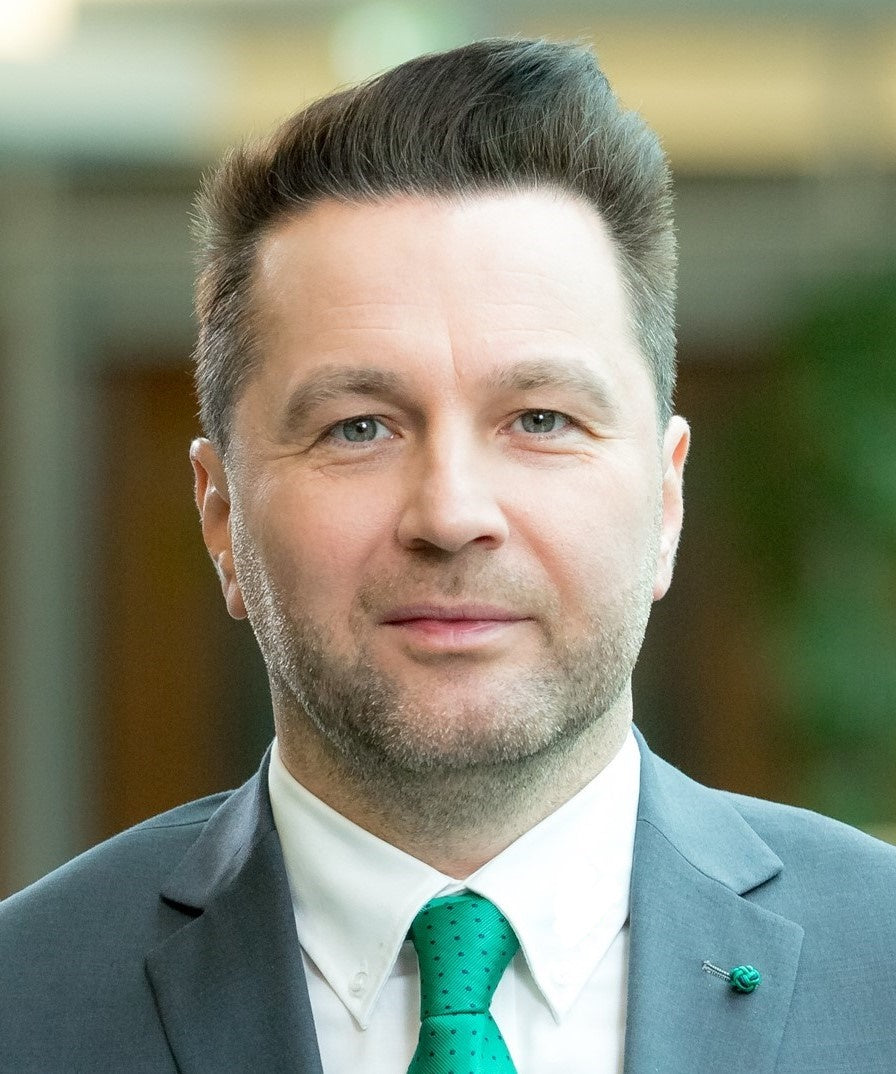Conducere
Conducere
Nu s-a putut încărca disponibilitatea ridicării
Înțelegeți relația dintre leadership și management prin învățarea diferitelor stiluri de conducere și cum să le selectați și să le aplicați la diferite situații și oameni.
Obiective
• Luați decizii luând în considerare binele tuturor părților interesate
• Demonstrați un comportament corect, bazat pe principii
• Comunicați o viziune propriei echipe
• Aveți o comunicare bidirecțională cu echipa
• Identificați sarcinile cheie pentru atingerea obiectivelor
• Conduceți o echipă prin dificultăți și provocări, inclusiv conflicte
• Monitorizați progresul și calitatea muncii și oferiți feedback constructiv
Aptitudini
Conducere
Flexibilitate cognitivă
Planificare si organizare
lucru in echipa
Metode
Gamificare
Lucrează în grupuri mici
Părere
Debrief

Comprehensive and dynamic approach to leadership
The Leadership program is a comprehensive and dynamic approach to leadership development that is based on the theory that effective leadership requires adapting leadership style to fit the needs of individual team members and the specific situation.
The program is designed to provide participants with the knowledge, skills, and tools necessary to assess the development level of team members and adjust their leadership style accordingly to enhance their skills, motivation, and performance.
The program involves a range of interactive and engaging activities, including case studies, role-play, simulations, gamification, discussions, debriefs, and feedback.
These activities allow participants to apply the Situational Leadership model in a safe and supportive environment, receive constructive feedback from peers and facilitators, and reflect on their learning experience.
Leading teams composed of different generations can be challenging due to the unique characteristics and preferences of each generation that can influence their development level and response to various leadership styles. To effectively lead such teams, it is essential to understand the generational differences and adjust leadership style to fit the needs and expectations of team members. By doing so, leaders can improve communication, motivation, and overall team performance. A flexible and dynamic approach to leadership that assesses each team member's development level and adapts leadership style accordingly can ensure that all team members receive the support and guidance they need to succeed, regardless of their generational background.
Throughout the program, participants will develop key leadership competencies, including communication, strategic thinking, coaching and mentoring, motivation, adaptability, emotional intelligence, and results orientation. By mastering these competencies, participants will be able to foster a positive work environment, support the development of their team members, and achieve organizational goals.
Overall, the Situational Leadership program is a practical and results-oriented approach to leadership development that is suitable for leaders at all levels and in all industries.
By participating in this program, leaders can enhance their leadership effectiveness and contribute to the success of their team and organization.
-
Assessing Development Level: A Critical Step in Adapting Leadership Style
Leaders need to assess the readiness or development level of their team members and adjust their leadership style accordingly. This involves identifying the level of competence and commitment of each team member and using the appropriate leadership style to guide and support them.
-
Four Development Levels and Their Corresponding Leadership StylesEffective Communication and Persuasion Techniques
There are four basic development levels that team members can be classified into: low competence and high commitment, some competence and low commitment, moderate to high competence with variable commitment, and high competence with high commitment. Depending on the development level of each team member, leaders can use one of four leadership styles: directing, coaching, supporting, or delegating.
-
Balancing Individual Development and Organizational Goals through Adaptive Leadership
The primary goal of adjusting leadership style to fit the needs of team members is to help them develop their skills and confidence, while also achieving the goals of the organization. By providing the right level of support and guidance, leaders can help their team members grow and succeed.
-
Mastering Adaptive Leadership: Key Skills and Strategies for Success
Adapting leadership style to fit the needs of the team is a flexible and dynamic approach to leadership that can be applied in various contexts and situations. It requires leaders to be skilled at assessing the needs of their team members, communicating effectively, and providing feedback and support. By mastering this approach, leaders can improve team performance and achieve organizational goals.
SKILLS
Communication
Enhancing the ability to communicate effectively and clearly with team members in different situations.
Strategic Thinking
Developing skills to think strategically and align team goals with the organization's overall strategy
Coaching & Mentoring
Learning how to coach and mentor team members to help them develop their skills and reach their full potential.
Adaptability
Developing skills to adapt leadership style to fit the needs of different team members and situations
Motivation
Improving the ability to motivate team members and create a positive work environment.
Emotional Intelligence
Enhancing the ability to understand and manage emotions in oneself and others.
People Management
Leading and managing individuals and teams to achieve organizational goals and understanding of individual and team dynamics.
Active Listening
Participants will learn how to listen actively and effectively, including techniques for clarifying information, probing for further information, and understanding the underlying needs and motivations of customers. They will explore how active listening can help build rapport and trust with customers and lead to better sales outcomes.
METHODS
Leadership methods offer diverse opportunities for participants to practice and apply the situational leadership model, receive feedback, and reflect on their learning experience. The combination of these methods allows participants to learn through various modes of engagement and interaction, which increases the likelihood of long-term retention and transfer of learning. The implementation of such methods is expected to foster a comprehensive and engaging learning experience for participants, enhancing their ability to apply the situational leadership model in real-life situations and ultimately contributing to their leadership development.

Lead Tutor - Mr. Titus Olteanu
Titus Olteanu is the current Country Manager for Hach Lange and the newest Salestrust.eu tutor. He has a vast experience in the Oil & Gas field where he held key national and international roles.He has a lot of experience managing people of different backgrounds. His favourite topics are Leadership, Coaching & Mentoring and Transformational Changing.He has international management experience in Central & Eastern Europe with track record of turning around underperforming businesses, starting new business lines and delivering top- and bottom-line growth cross-markets.

